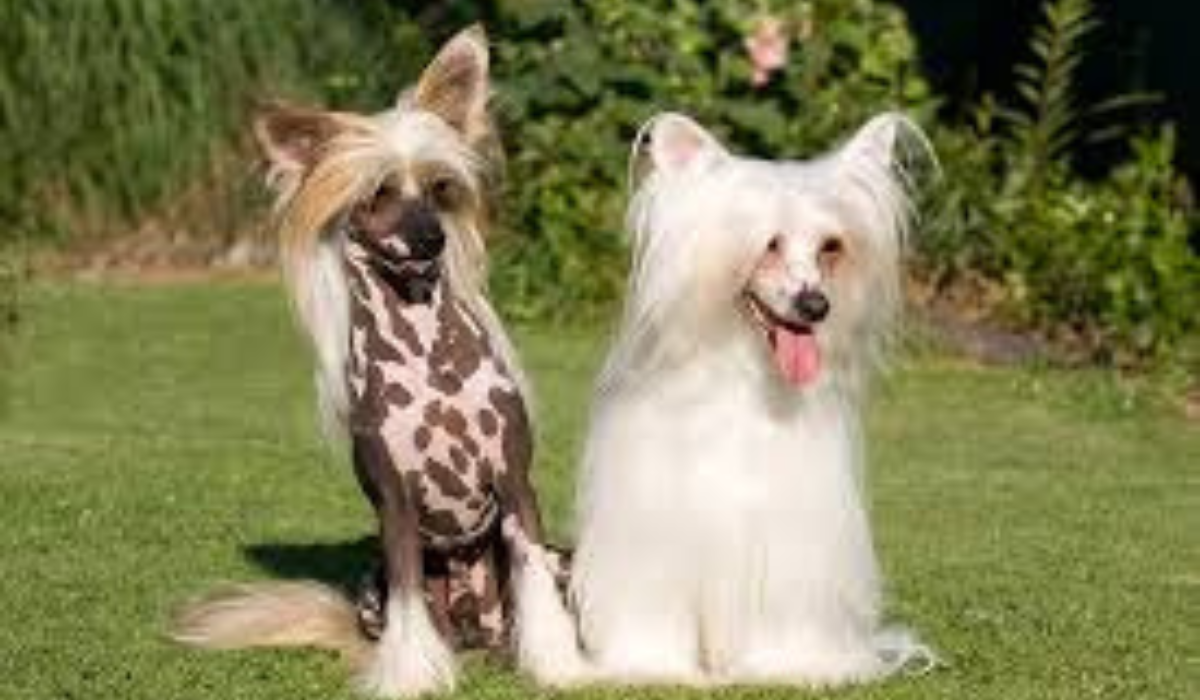This small herding breed is affectionately called the “Corgi.” From its historical origins to its key features, adaptability to weather changes, and a balanced discussion of the pros and cons associated with this affectionate and spirited breed, this article will provide a comprehensive overview of the Cardigan Welsh Corgi.
Here are some details about the Cardigan Welsh Corgi:
A Cardigan Welsh Corgi is a small to medium-sized dog with a long body, sturdy build, and short legs. A male stands between 10.5 and 12.5 inches at the shoulder, while a female stands slightly shorter. They weigh 25 to 38 pounds and have a double coat with dense undercoats and weather-resistant outer coats. Their expressive faces are adorned with large, rounded ears, and their eyes show intelligence and curiosity. The most common coat colors are red, sable, and brindle, often with white markings.
The history of:
There has been a Cardigan Welsh Corgi breed in Wales for over a thousand years. Celtic cattle dogs brought to Wales by Celts likely influenced the breed’s ancestors. The Cardigan was developed primarily as a herding dog, nipping at cattle to drive them. “Corgi” is believed to derive from the Welsh words “corci” (dog) and “cor” (dwarf). In addition to their herding skills, Cardigans became valued for their companionship over the centuries.
Features include:
It was the intelligence and agility of the Cardigan Welsh Corgis which made them such effective herders. Their brains and bodies are stimulated by a variety of dog sports and activities.
Having an expressive personality: Cardigans are often described as affectionate, alert, and good-natured. They make delightful companions because of their eagerness to please and sociable natures.
Its unmistakable charm is attributed to its distinctive appearance, with its long body, short legs, and fluffy tail. Despite their alert expression, their face stays foxy and their ears remain erect.
Adaptation to weather changes:
It is generally believed that Cardigan Welsh Corgis are adaptable to different climates. Despite varying weather conditions, their double coat provides insulation. Cold weather is fine for them, but extremely hot weather needs to be avoided. Overheating can be prevented by providing shade, staying hydrated, and avoiding strenuous exercise during peak heat periods.
The advantages of owning a Cardigan Welsh Corgi include:
-
Cardigans are intelligent, quick learners, and thrive on mental stimulation and problem-solving activities.
-
Cardigans can be worn in a variety of living environments, such as apartments and houses, because of their compact size and adaptability.
-
A strong bond of loyalty and affection is formed between cardigans and their families.
-
Their agility and versatility make them ideal for a wide range of activities, ranging from herding to dog sports.
Cardigan Welsh Corgis have the following cons:
-
Training and redirection are required if a cardigan exhibits herding instincts, including nipping at heels.
-
To prevent boredom and behavioral issues, the breed requires regular exercise.
-
It is possible for Cardigans to bark if they are not properly trained or if something strange is happening.
-
The long body and short legs of cardigans may make them prone to back problems. Veterinary checkups are necessary on a regular basis.
Ultimately, the Cardigan Welsh Corgi is a charismatic and affectionate breed that brings joy and liveliness to households worldwide. With their intelligence, distinctive appearance, and adaptable nature, Cardigans make excellent canine companions for families. Consistent training, regular exercise, and attention to their unique needs ensure a harmonious and fulfilling relationship with this delightful and endearing breed.









